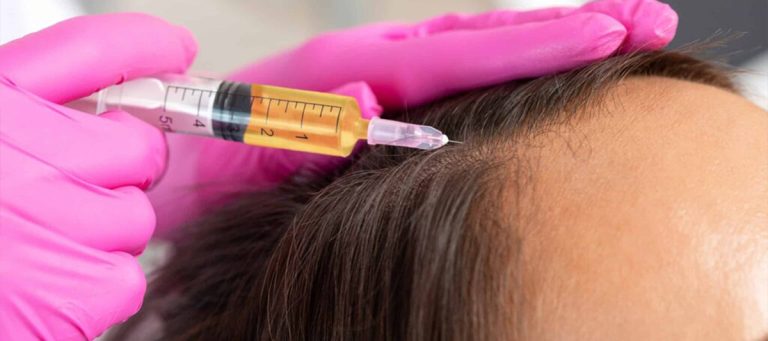The Future of Facial Aesthetics

✨ The Future of Facial Aesthetics: Exosomes, PRP & Polynucleotides
Exosomes, PRP & Polynucleotides Explained:
From glass skin to collagen banking, the beauty world is buzzing with regenerative treatments. As a doctor and founder deeply rooted in evidence-based science, I am often asked:
“What’s the difference between exosomes, PRP, and polynucleotides?” “Can I do them all? Are they safe? Which one is best for me?
”Let’s break it down simply and clearly—because these are some of the most exciting tools we have in next-generation, skin-first facial aesthetics.
🩸 PRP (Platelet-Rich Plasma): The Body’s Natural Repair Serum.
What is this? PRP is derived from your own blood. Blood is collected and spun to separate into different layers, one of which is platelet rich plasma known as PRP. PRP is rich in growth factors that promote healing, collagen production, and tissue repair. Growth factors signal skin to repair itself, stimulating fibroblasts to produce more collagen, elastin and hyaluronic acid to give skin a little oomph.
Because it is from your own body, there is little risk associated with it. PRP is safe, natural and has little down time. It is an excellent option for:
· Skin rejuvenation (fine lines, dullness, skin texture)
· Hair restoration· Post-procedure recovery
· Undereye rejuvenation
🧬Exosomes: Cell-to-Cell Communicators for Advanced Skin Healing
What are they? Exosomes are tiny vesicles secreted by stem cells—think of them as “messenger bubbles” that carry growth factors, peptides, and genetic signals between cells to help with repair, regeneration, and
communication. They act as "biological couriers" to turn on the repair processes in your skin without needing to use live cells. They’re like an intelligent upgrade to traditional growth factor treatments.
Exosomes are potent and excellent post procedure with recovery. They are non-cellular, which means there is minimal risk of rejection or reaction. They help to
· Improve skin quality, tone and elasticity
· Reduce inflammation and pigmentation
· Enhance recovery after microneedling, lasers, or RF treatments
🐟 Polynucleotides: Deep Regeneration and Anti-Inflammation
What are they? Polynucleotides are DNA fragments (usually derived from salmon or trout) that stimulate cell renewal and deep tissue repair. Think of them as building blocks for new, healthy skin. They activate fibroblasts and promote angiogenesis (formation of new blood vessels), improving skin thickness, texture and resilience over time. Polynucleotides are great for sensitive skin to calm inflammation and help to stimulate long term collagen production. I use them as a skin booster in
· Sensitive or inflamed skin (rosacea, eczema-prone)
· Deep hydration and skin quality
· Collagen stimulation and wound healing
· Undereye area, crepey skin, and laxity
🔬 Can You Combine Them? Absolutely. Here's How I Use Them in Clinic:
Regenerative medicine is about working with your body, not against it. These treatments do not freeze or fill—they stimulate your own biology to repair, replenish, and glow from within.
Here’s how I might layer them:
· Polynucleotides + PRP for restoring the delicate undereye area
· Microneedling + Exosomes to supercharge recovery and enhance glow
· PRP before or after laser or RF microneedling for better healing
· Exosomes post-peel or treatment to accelerate results and reduce downtime
The rise of regenerative aesthetics marks a shift toward natural, long-term beauty—focusing on skin health, not just surface changes. It’s no longer just about lifting and plumping—it’s about healing, protecting, and rejuvenating. This is preventative skincare on a cellular level—and it’s only going to grow.
Testimonials
Trustindex rating score: 4.7 of 5, based on 222 reviews
Book Consultation
As a leading Oculoplastic Surgeon with special interest in Facial Aesthetics, Dr. Maryam Zamani has garnered a global reputation - both in the US and UK - for her meticulous attention to detail and sought-after techniques for eyes and facial aesthetics.
Find The Clinic by Dr Maryam Zamani in the heart of Chelsea
Located on the Kings Road, our clinic is easy to reach from Chelsea, Kensington, Belgravia, Knightsbridge, South Kensington, Fulham and Battersea. We are positioned just moments from Sloane Square with excellent transport links across Central and South West London.
Book Now.avif)



